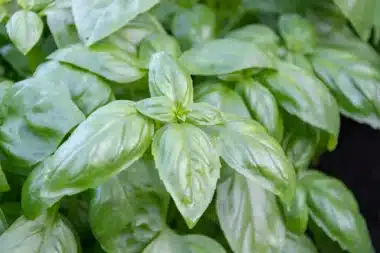When you sit back and enjoy a glass of wine, you probably don’t give a second thought to the bottle itself. That little dimple at the bottom, known as a punt, actually does a lot more than you might imagine. It plays an important role in both tradition and everyday use, and knowing its backstory can really heighten your appreciation for your favorite pour (it’s a neat nod to centuries-old techniques!).
Where it all started
Way back when glassblowing was pure art, makers had a tough time producing bottles with perfectly flat bottoms. Instead, many bottles ended up with uneven bases that made them wobbly. To fix this, clever artisans learned to press the base inward while the glass was still hot and pliable. This smart move not only gave bottles better balance on surfaces (so they wouldn’t tip over easily) but also made them sturdier when handling internal pressure.
Even though modern tech lets us create perfectly flat bases today, the tradition of adding a punt has stuck around. Keeping this feature isn’t just a sentimental nod to the craftsmanship of old—it still offers some handy benefits.
Modern perks
Even with today’s advanced manufacturing, the punt remains a fixture on wine bottles for several good reasons. One major perk is stability; by lowering the center of gravity, bottles are less likely to tip over—something that really helps during storage and shipping.
If you’ve ever poured wine at a dinner party, you might have noticed that a little thumb in the punt can give you more control, letting you pour smoothly and confidently (and cutting down on spills). On top of that, for wines that age over time, sediments can settle at the bottom. The design of the punt helps collect these sediments away from the neck, ensuring that your pour stays clear and the flavor stays true.
Boosting wine quality and enjoyment
The benefits of the punt go beyond just physical convenience. It also plays a part in keeping your wine in top shape. By supporting proper storage and pouring methods, the punt helps preserve both the clarity and taste of the wine. It even aids in evenly distributing the pressure inside the bottle as the wine ages, allowing flavors to develop nicely over time (a little behind-the-scenes helper with every sip).
Old school meets new tricks
The story of the punt is a cool blend of old-school know-how and modern practicality. Next time you’re picking out a bottle or pouring yourself a drink, take a moment to appreciate that subtle dimple at the bottom. It’s a reminder that every detail—from selecting the grapes to shaping the glass—plays a part in serving up a memorable wine experience, steeped in history and sprinkled with a bit of modern flair.







